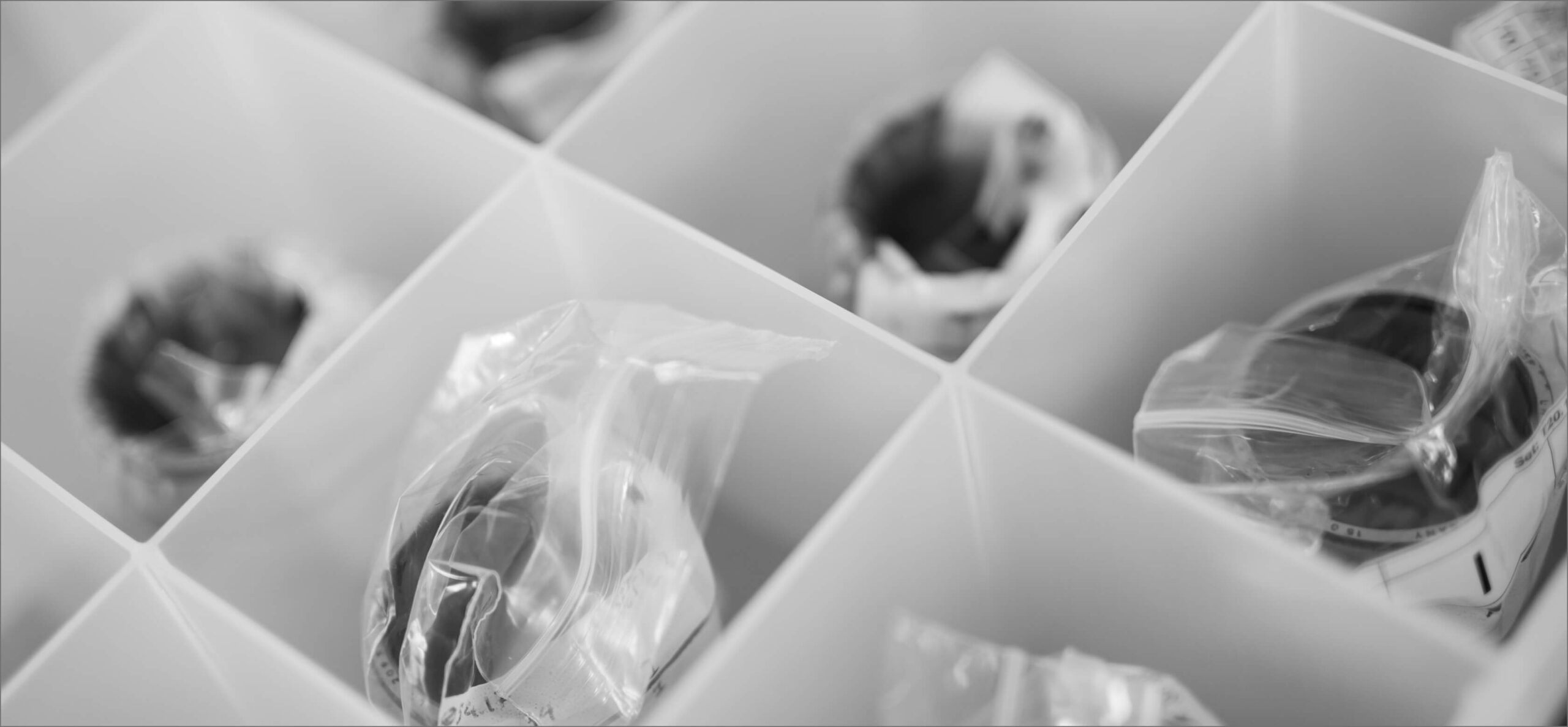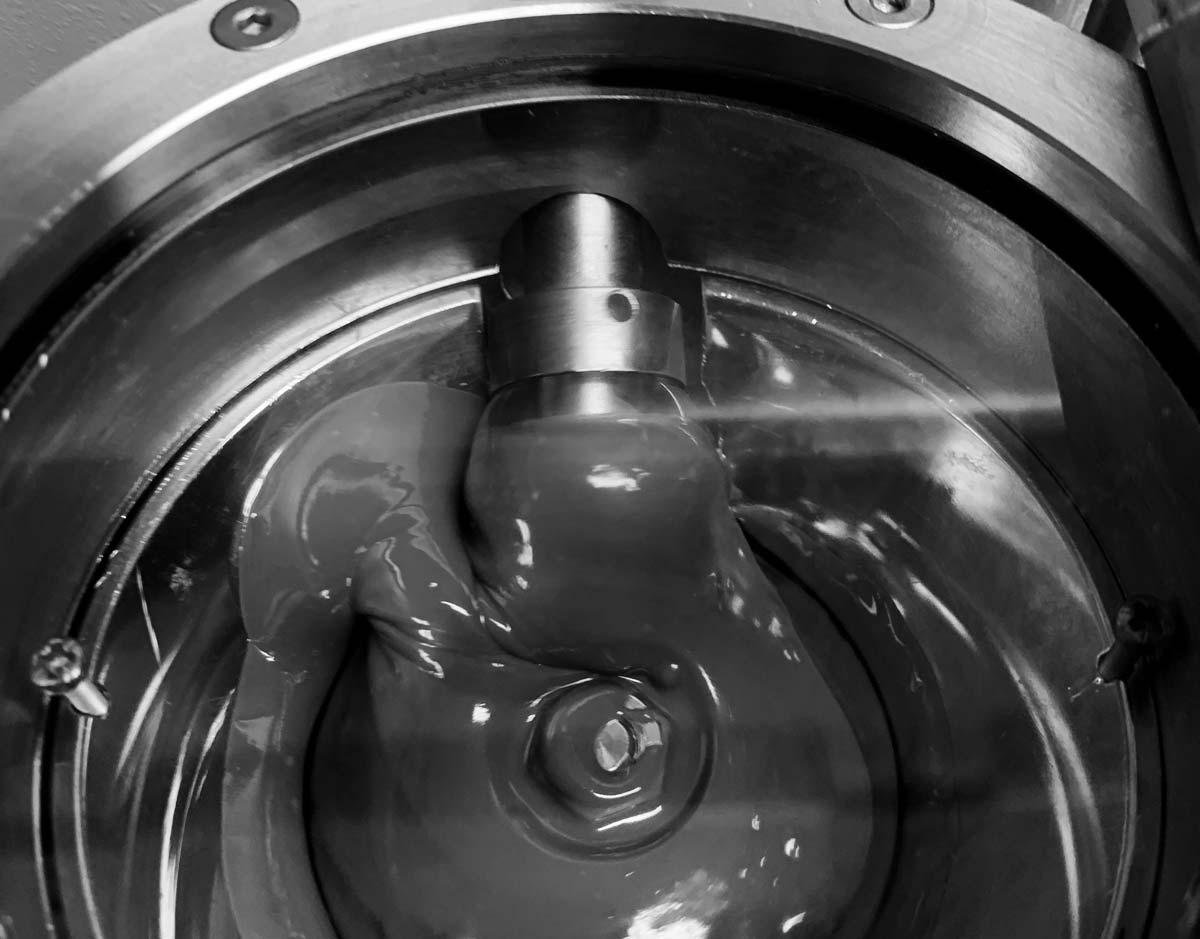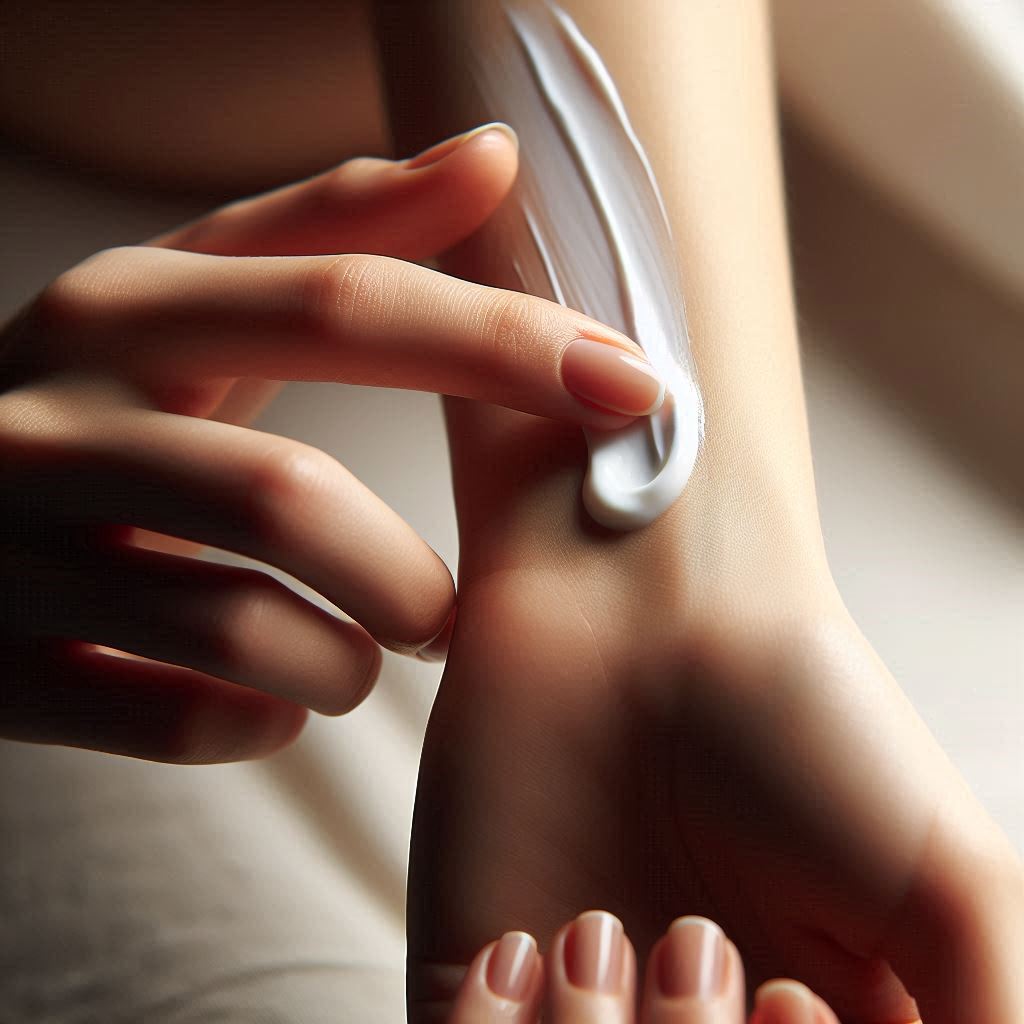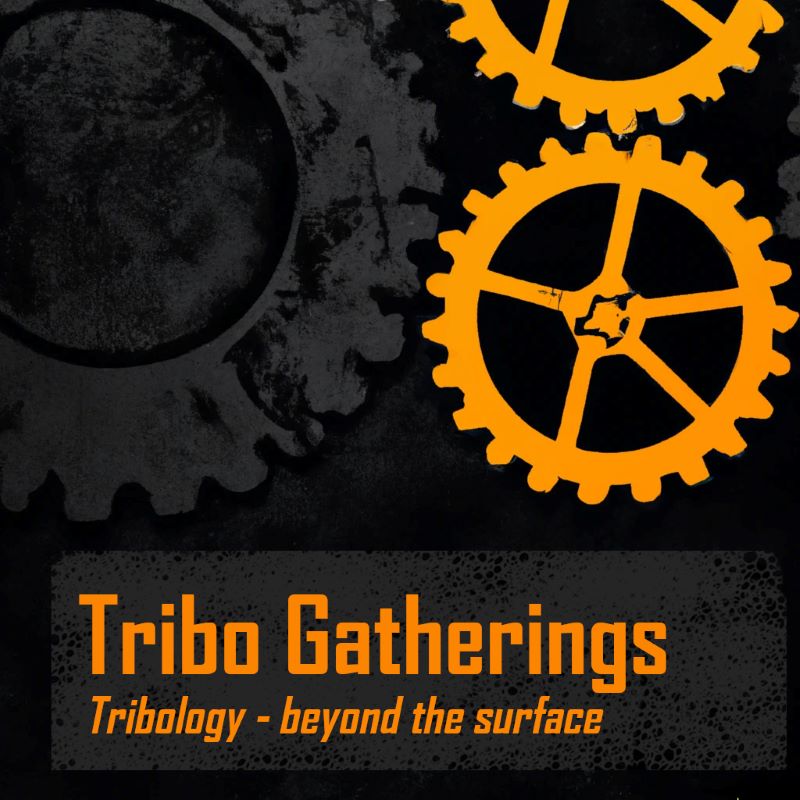It’s not just opportunities to improve efficiencies of production line equipment where Tribology can help deliver improvements in food production.
Tribology can be used to evaluate the physical properties of consumer products such as cosmetics and foods.
By replicating and studying the complex interactions between food and the mouth, it can give measurable insights into the sensations that are experienced by users when eating.
Understanding how changes in ingredients influence the way food breaks down in the mouth then allows recipes to be optimised for the best outcome.

Tribology plays a fascinating and practical role in the world of food science. Food scientists and tribologists work together to explore how the physical properties of food, such as texture, mouthfeel, and flavour release, can be optimised to create a more enjoyable eating experience for consumers.
One way tribology impacts food is through the manipulation of friction. When we eat, our taste buds and senses not only respond to flavours but also to the way food feels in our mouths. Adjusting the fat content of a food product, for instance, can significantly affect its mouthfeel. Higher fat content can lead to a creamier, smoother texture, reducing the perception of friction as we chew or swallow. This contributes to the perception of indulgence and richness in foods like ice cream or chocolate.
The size and distribution of particles in a food product influence how it breaks down during chewing and digestion. Additionally, we can study adhesion properties, which determine how food particles adhere to surfaces in the mouth – particularly relevant for products like crisps or chips, where controlling adhesion can impact the perception of crunchiness and overall mouthfeel.
Using cutting edge technologies & research, our specialist equipment and custom-designed tests allow us to understand and adjust these factors, helping food scientists create products with the desired texture and flavour release characteristics.
Using Tribology to understand beer mouthfeel
Even beer isn’t safe from analysis by our testing equipment!
The mouthfeel of the beer can be controlled by adjusting the levels of beer carbonation and its viscosity. The viscosity of the beer in turn can be controlled with the concentration of sugars and larger molecular weight solutes such as beta-glucan and dextrin.
We’ve tested two craft beers to understand what the results from friction testing can tell us about their composition and evaluated the results to show how tribology can reliably capture and present the characteristics of each liquid.







Evaluating chocolate with Biotribology
We were approached to create a biotribology test method that could simulate and measure the sensation imparted by the chocolate during eating.
We modified a commercial instrument using custom manufactured discs to simulate the eating process whilst measuring friction between the realistic mouth surfaces to understand how the chocolate controls the friction and how this effects the mouthfeel.
The method was shown to be able to differentiate between different chocolates, with results correlating to panel testing. The solution is now being used to evaluate new chocolate formaulations.
“Ingram has been very flexible and helpful to adapt the analysis procedure according to our research question.”
Fabrizio Steinebrunner, Igralub AG für Schmiertechnik
Tribological Thinking
Find out about our latest thinking, research, news and more.
-

Understanding the Science of Skin Feel: How Biotribology Shapes Cosmetic Perception
The global cosmetics market is valued at a staggering $700 billion per year, encompassing everything from skin creams and shampoos to shower gels and makeup. It’s a fast-paced industry where innovation is essential, especially as brands move toward more sustainable, vegan, and cruelty-free formulations. A product’s success isn’t just about what’s inside the bottle—it’s about…
-
🌟 Ingram Tribology Achieves ISO 9001 Certification! 🌟
We are proud to announce that Ingram Tribology has successfully achieved ISO 9001 Certification! This globally recognised certification demonstrates our commitment to delivering the highest standards of quality across all aspects of our operations. It reinforces our dedication to meeting customer and regulatory requirements, and ensures that we continually improve our processes to provide the…
-
Introducing Our New Course: Bio-Tribology for Industry
We are excited to launch our latest training course: Bio-Tribology for Industry—designed specifically for researchers and product development scientists in the food, beverage, cosmetics, and medical industries. Why Take This Course? Understanding bio-tribology is essential for developing high-performance products that interact with the human body, whether it’s optimizing the feel of a skincare product, improving…
-

🚗⚡ Inspiring Future Engineers with Greenpower! ⚡🚗
The Greenpower Trust is an incredible charity that sparks excitement for STEM careers by giving young people the opportunity to design, build, and race their own electric cars. At Haverfordwest High VC School in Pembrokeshire, an all-female race team is gearing up to compete in the F24 Greenpower series—and we had the privilege of supporting…
-
Installation of new electrified MTM at Ingram Tribology ⚡ 🚃 🚘
We have expanded our testing capabilities with the addition of the new MTM-EC (mini traction machine electrical current)! This new instrument allows us to study the effects of electrical currents on lubricated contacts. In our growing electrified world, stray electrical currents can flow through mechanical devices. If the current is high, fluting damage can occur at the…
-
Introducing our new testing capability: tackling Electrically induced White Etching Cracks (eWECs)! ⚡🔬 🚗 👨🔧
In today’s increasingly electrified world, machine elements are often located near electric motors and generators, where they can be exposed to stray currents. Electric vehicles and wind turbines are prime examples of where this issue can arise. These stray currents can significantly impact tribological contacts, accelerating subsurface alterations in the steel and leading to premature…
-

Gear Micropitting Screening Test
Micropitting is a type of fatigue wear commonly found on gear teeth. The gradual loss of material in the form of small surface pits leads to a change in the geometry of the component; if this is not controlled, it can result in failure of the part. The standardised method of evaluating a lubricants ability…
-

Merry Christmas from all of us at Ingram Tribology
Our Christmas card this year depicts the scene of Santa enjoying the drinks left out for him near the fireplace. Santa is trying both port and hot chocolate and notices a distinct difference in the mouthfeel between the two. The port has a drier, thinner feel. Whilst the hot chocolate impacts a smoother, creamier feeling. …
-

Check out our first Tribo Gatherings Podcast
We have started a Podcast! Our first guest is Dr. Connor Myant from Imperial College. We discuss biotribology, as related to the testing of food and hip joint failures. We discuss the advances in 3D printing and how Connor moved from Tribology into 3D printing. We discuss all Connors current projects and thoughts for the…

